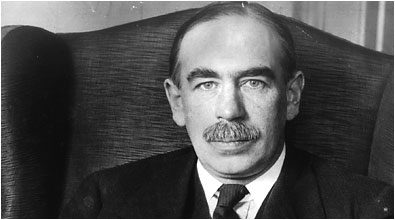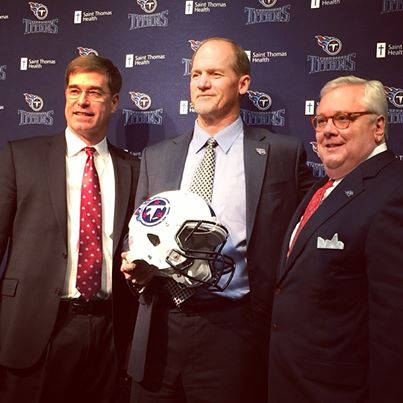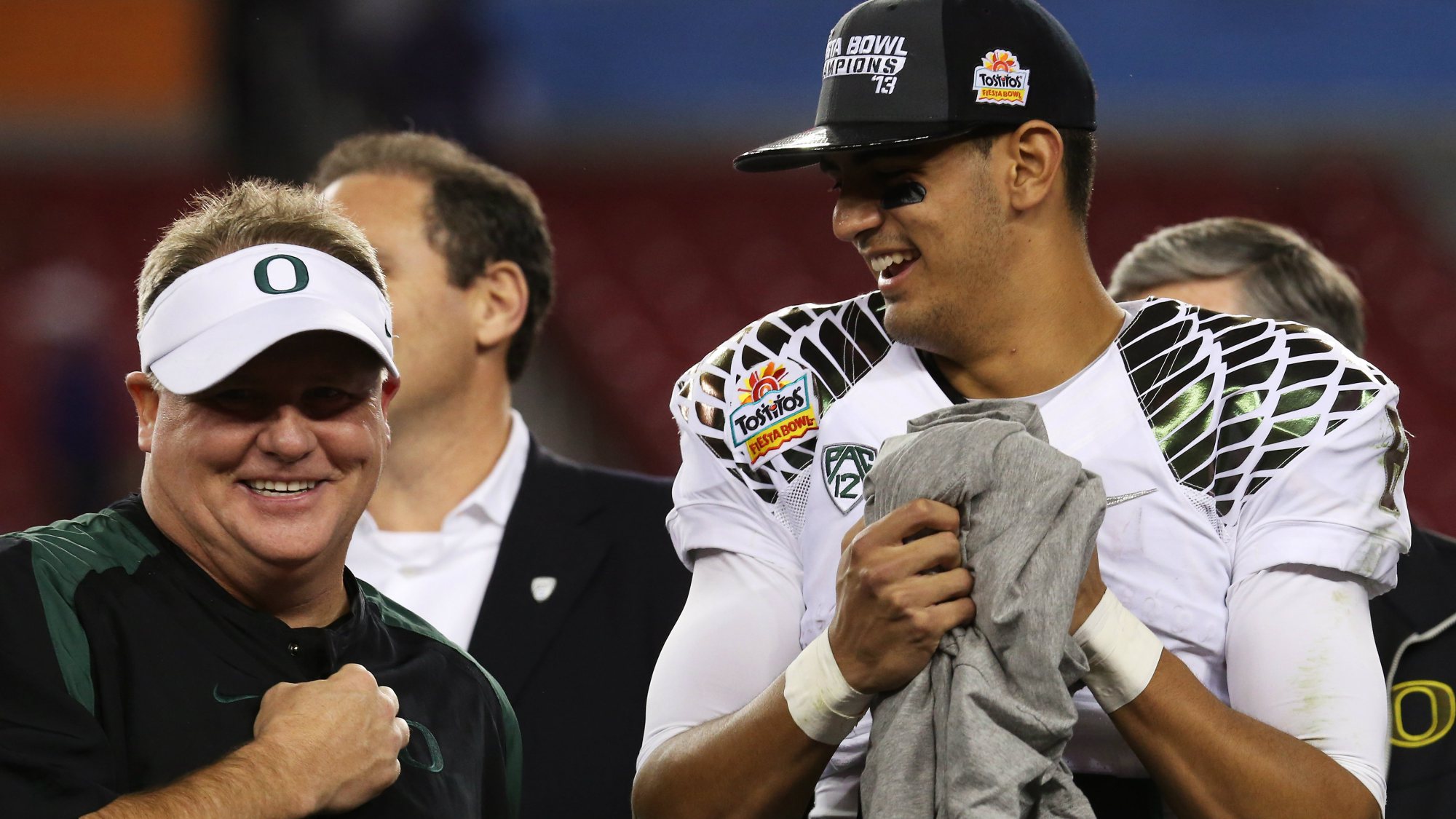By Joe Kearns
Trading up in the NFL Draft for a premier player generally comes at a steep price because of the perception of an equally steep opportunity cost. Let’s discuss a few examples:
- In 1999, the New Orleans Saints traded all six of their draft picks to the Washington Redskins. They moved from the 12th overall pick to the 5th overall pick, so they could select Heisman Trophy winning running back Ricky Williams.
- In 2011, the Atlanta Falcons traded their first round (27th overall), second round, and fourth round picks from the 2011 draft, as well as their 2012 first and fourth round picks to take the sixth overall pick from the Cleveland Browns. They selected future Pro Bowl receiver Julio Jones.
- In 2012, the Redskins traded their 2012 first round (sixth overall) and second round picks, along with their 2013 and 2014 first round picks to take the second overall pick from the St. Louis Rams. They selected Heisman Trophy winning quarterback Robert Griffin III.
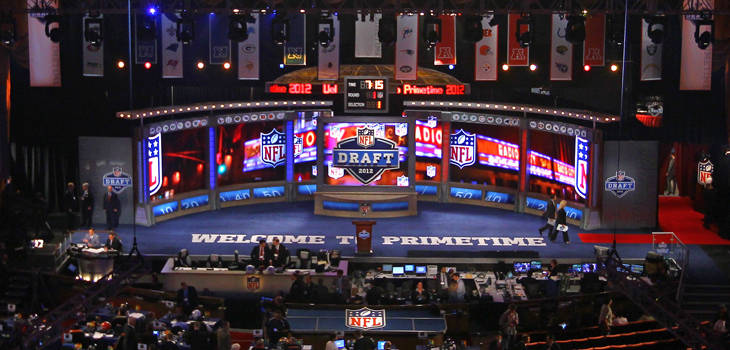 All of these teams would have preferred to have avoided trading up, and simply taken the player they coveted with their own first round pick. However, high expectations that at least one competitor would use their own earlier pick on a player increased the price the team was willing to pay.Economist John Maynard Keynes described a similar phenomenon in his seminal work, General Theory of Employment, Interest, and Money. He analogized price fluctuations in the stock market to a beauty contest, in which the contestants are judged not on the opinion of each individual judge, but what the judge perceives to be the predominant opinion of his peers: “It is not a case of choosing those [faces] that, to the best of one's judgment, are really the prettiest, nor even those that average opinion genuinely thinks the prettiest. We have reached the third degree where we devote our intelligences to anticipating what average opinion expects the average opinion to be. And there are some, I believe, who practice the fourth, fifth and higher degrees.” (Keynes, General Theory of Employment, Interest and Money, 1936).
All of these teams would have preferred to have avoided trading up, and simply taken the player they coveted with their own first round pick. However, high expectations that at least one competitor would use their own earlier pick on a player increased the price the team was willing to pay.Economist John Maynard Keynes described a similar phenomenon in his seminal work, General Theory of Employment, Interest, and Money. He analogized price fluctuations in the stock market to a beauty contest, in which the contestants are judged not on the opinion of each individual judge, but what the judge perceives to be the predominant opinion of his peers: “It is not a case of choosing those [faces] that, to the best of one's judgment, are really the prettiest, nor even those that average opinion genuinely thinks the prettiest. We have reached the third degree where we devote our intelligences to anticipating what average opinion expects the average opinion to be. And there are some, I believe, who practice the fourth, fifth and higher degrees.” (Keynes, General Theory of Employment, Interest and Money, 1936).
The slew of media rumors this offseason point to Oregon quarterback Marcus Mariota as this year’s proverbial beauty pageant contestant. Not only is Mariota the most recent Heisman Trophy winner, but quarterbacks generally get valuated much higher than the average prospect due to the perception of higher value attached to that position.This hypothesis is contingent on the Tampa Bay Buccaneers using the first overall pick on Florida State quarterback and 2013 Heisman winner Jameis Winston. Assuming Tampa Bay selects Winston, the Tennessee Titans (second overall pick) are the team all of the other front offices have their eyes on. But why should we not assume the Titans would just draft Mariota themselves?
First, their poker-playing abilities have been suspect. In February, Titans general manager Ruston Webster downplayed the notion that they would pursue a quarterback with the second overall pick and talked up incumbent starter Zach Mettenberger. Then, Titans head coach Ken Whisenhunt shifted gears in March by heaping praise on Mariota. It made absolutely no sense for the Titans to initially downplay the notion that they might want a quarterback early. Because of that, the perceived value of the second overall pick fell. Whisenhunt might have been trying to undo some of the damage to the value of his team’s asset caused by Webster’s comments.Second, the Titans have the potential to create a deep market among NFL teams interested in acquiring Mariota. The more teams show interest in trading up, the higher the return the Titans can earn. Basic microeconomics dictates that the higher the demand goes, the higher the price will climb.The most visible rumor is that the San Diego Chargers will offer the seventeenth overall pick and top tier veteran quarterback Philip Rivers to the Titans for the second overall pick, which they will use to select Mariota. While this rumor has some credibility with Rivers refusing to sign a contract extension, game theory suggests the Titans have every reason to spread these rumors to artificially inflate the value of their pick.Who might the Titans be trying to draw in? Look first at teams with a steep supply of desirable assets. Perhaps the Cleveland Browns, who have 35 year old Josh McCown and Johnny Manziel—coming off an underwhelming rookie season—as their top two quarterbacks. Not to mention the Browns have two first round picks to offer. Or maybe it’s the New Orleans Saints who have 36 year old Drew Brees and two first round picks of their own.The New York Jets are a strong possibility to select Mariota as well, either by trading up or staying put at the sixth overall pick. Jets owner Woody Johnson has entered the poker game and, in my opinion, made an obvious bluff: “[Incumbent Jets starting quarterback] Geno [Smith] is probably way ahead of him at this point, believe it or not, whether you guys [reporters] have skepticism of that or not. Certainly, [Mariota's] college career was good.” Consider me skeptical when you claim a player who lost his starting job to a 34 year old Michael Vick is superior to the defending Heisman Trophy winner.There are plenty of other teams including the Washington Redskins, Chicago Bears, New York Giants, St. Louis Rams, Houston Texans, and Kansas City Chiefs that could look at Mariota as a valuable asset.But the most interesting wildcard of all in this Keynesian beauty contest is the Philadelphia Eagles. Prior to coming to Philadelphia in 2013, Eagles head coach Chip Kelly was Mariota’s head coach at Oregon. Kelly helped Mariota record impressive statistics as a freshman in 2012 (2677 passing yards, 32 touchdowns, 6 interceptions). Kelly is arguably the biggest reason why Mariota’s expected draft value could inflate.
Despite this personal connection, Kelly has either given up on drafting Mariota or is playing his cards close to the chest. In March, he traded incumbent starting quarterback Nick Foles and a 2016 second round pick to the St. Louis Rams for starting quarterback Sam Bradford. Shortly after the trade, he spoke to the media unannounced at a press conference that was supposed to be for one of his players: “Let's dispel that right now. I think that stuff is crazy. You guys have been going with that stuff all along. I think Marcus is the best quarterback in the draft. We will never mortgage our future to go all the way up to get someone like that because we have too many other holes that we're going to take care of.”Also, at the press conference, he went out of his way to say another team offered him a first round pick for Bradford. Unbelievably, he said the Eagles had not looked into what it would cost to trade up for Mariota, the very quarterback Kelly just called the best in the draft. The same quarterback who executed his offensive scheme masterfully as a freshman in college. It’s perfectly reasonable to think Kelly will not pay a certain price to trade up, but it cannot be ignored that he has every incentive to reduce Mariota’s expected value to an acceptable price.A good maxim to abide by when trying to understand the economic structure of the NFL Draft comes from House’s titular protagonist: “Everybody lies.”
